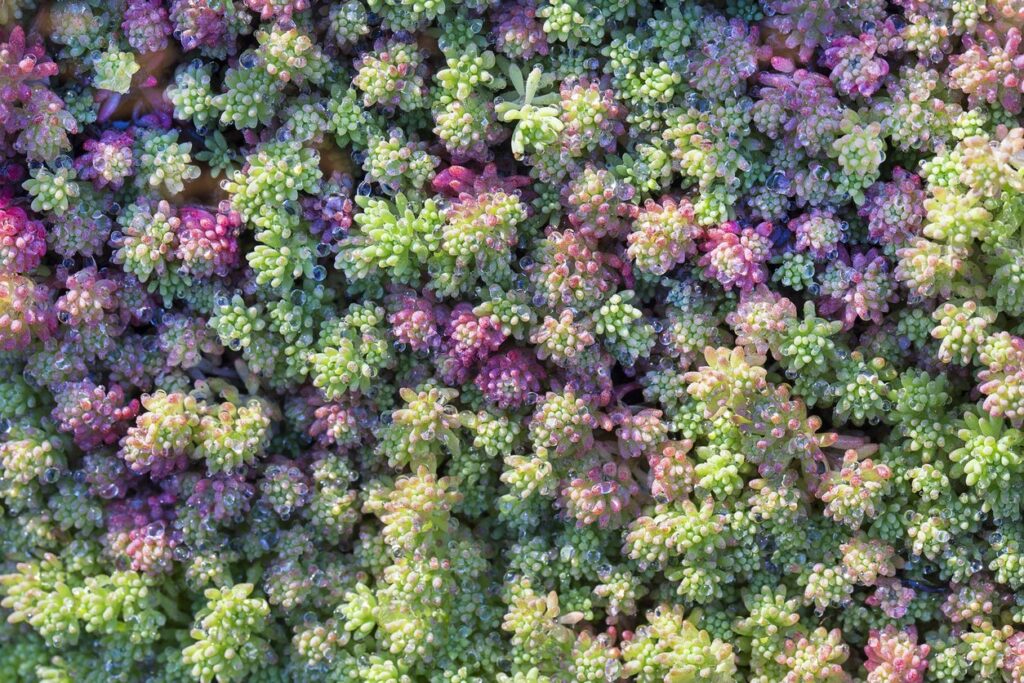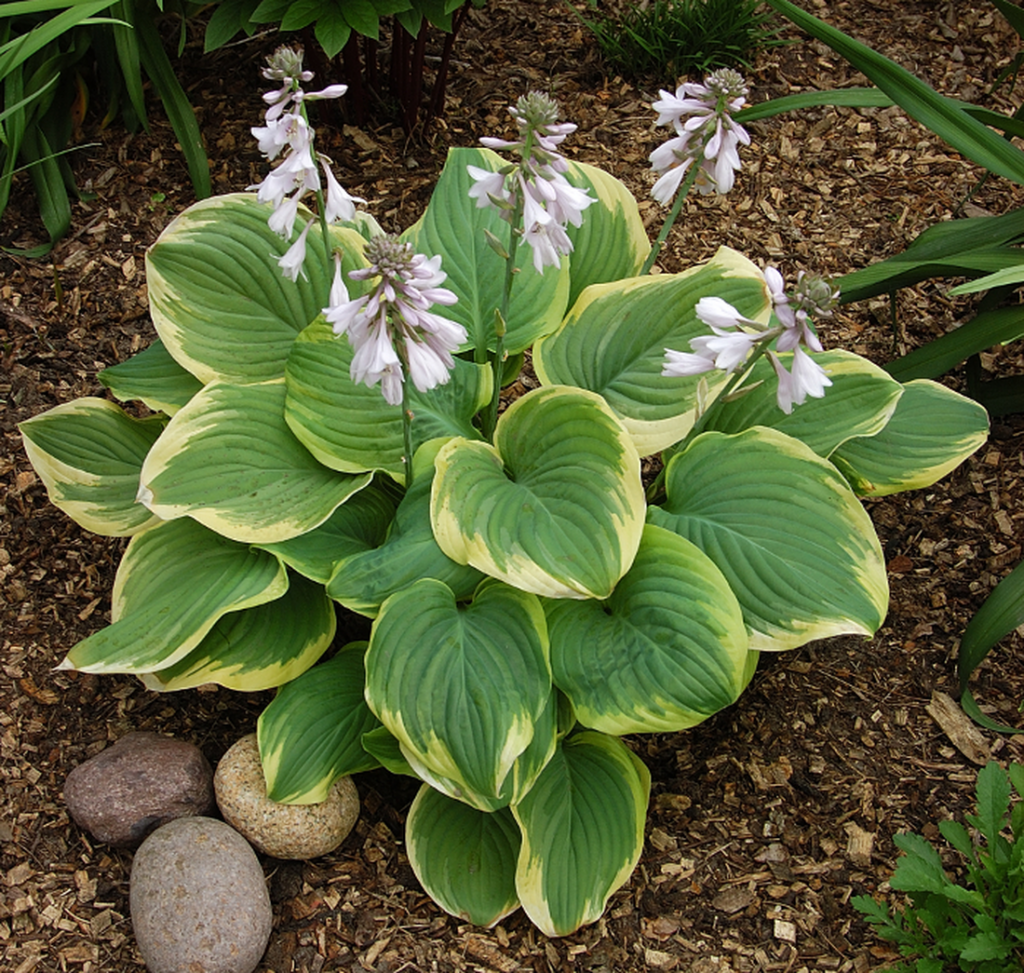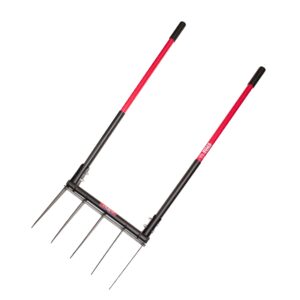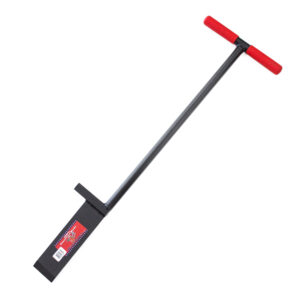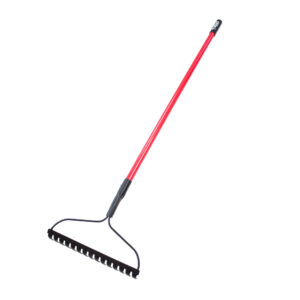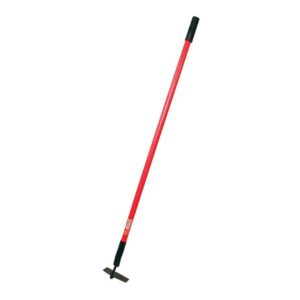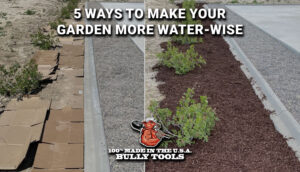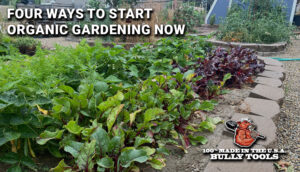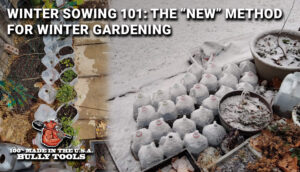Eco-Friendly Gardening Practices
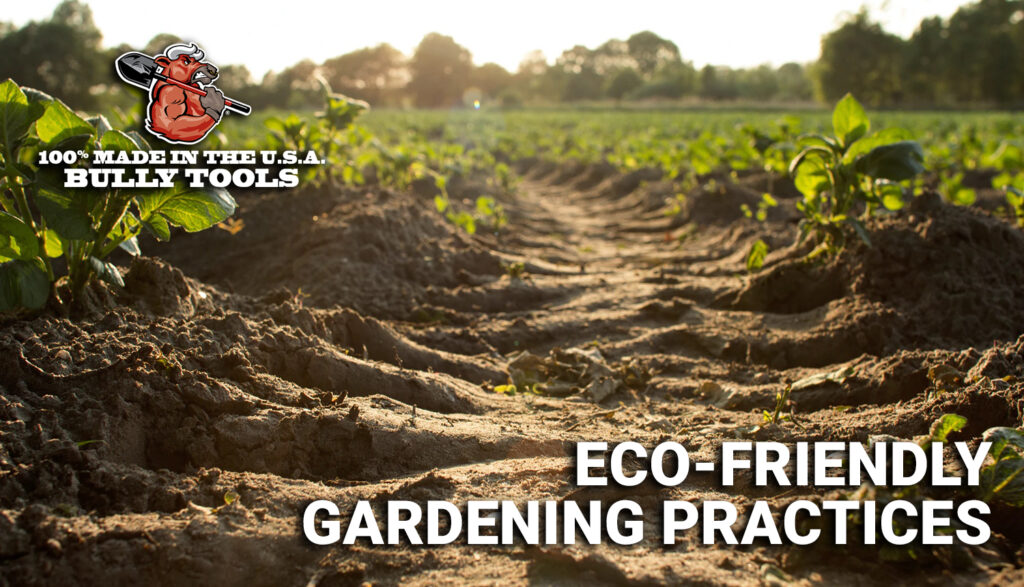
It’s important to be kind to the environment. It is responsible for the food we eat, the water we drink, and the air we breathe (just to name a few). So, as a way to say thank you, why not try to incorporate eco-friendly habits into your daily routine.
Committing to becoming more environmentally friendly may seem daunting, but there are a lot of worthwhile benefits that come from being conscious of the resources you use; you can save yourself a lot of money on your water, gas, and electric bills and have the peace of mind knowing that you’re doing something. It’s alright to start small – any start is a start – but if you’re looking for a little guidance, we’ve compiled a list of some ways to make your lawn, garden, and lifestyle a little greener.
FORGET THE GAS AND OIL
An easy way to become more environmentally friendly is by using hand tools. It might be hard parting from those expensive gardening tools and gas-powered lawn equipment, but when gas and oil are burned inside a tractor or rototiller, harmful toxins are released into the atmosphere. An overabundance of these fossil fuels already exists and has caused the planet’s temperature to rise. If this rise in temperature is not controlled, the devastating effects of global climate change will continue to occur ie. loss of glaciers, a rise in sea level, wildfires, heat waves, etc.
Opting for hand tools, like our broadfork shown here, instead of gas and oil-powered tools is a great way to start your transition to becoming more eco-conscious. Plus, think about all of the money you’ll save by not buying gas or oil, and you won’t have to fuss around with costly, time-consuming maintenance.
So, opt for a push lawn mower instead of a tractor this spring and choose to use a broadfork instead of a rototiller. You’ll get the chance to work closely with the Earth, and it’ll thank you.
And if you’re interested in finding out more about the remarkably simple-to-use broadfork, read our ‘Broadfork Basics – The Garden Tool You Didn’t Know You Needed‘.
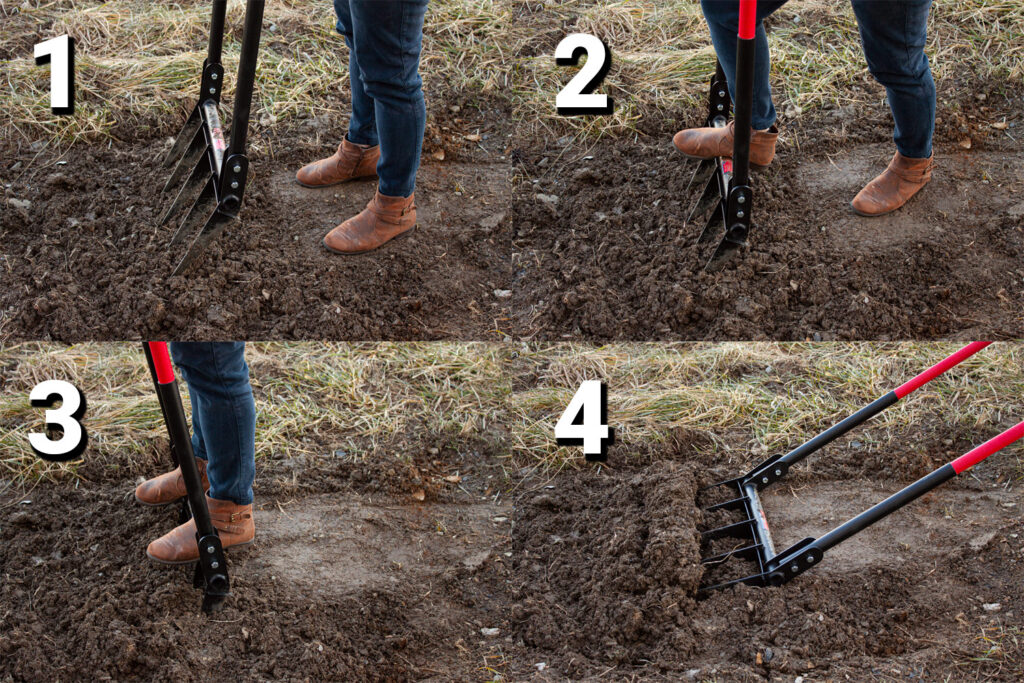
PLANT TREES
Planting trees is another way to give back to the environment. Trees are cut down every day for lumber, clearing land, and creating consumer products. The problem is – for the countless trees that are cut down, not enough trees are being planted to replace them.
According to the Bowling Green Tree Advisory Board, trees provide oxygen for us to breathe and improve air quality, are a habitat for many wildlife, and help to deter stormwater runoff that could lead to erosion and pollution. Aside from their environmental benefits, planting trees around your yard is a great way to create privacy between your home and your neighbors’. Trees add color, dimension, and calmness to your yard and should be grown in a suitable place that will meet the particular species’ soil, sunlight, shade, and spatial needs.
Our All Steel Dibble Bar can cut your tree planting time in half. It slides into damp or clay soil easily, and with two pushes of the earth, you can have a starter plant in the ground in no time.
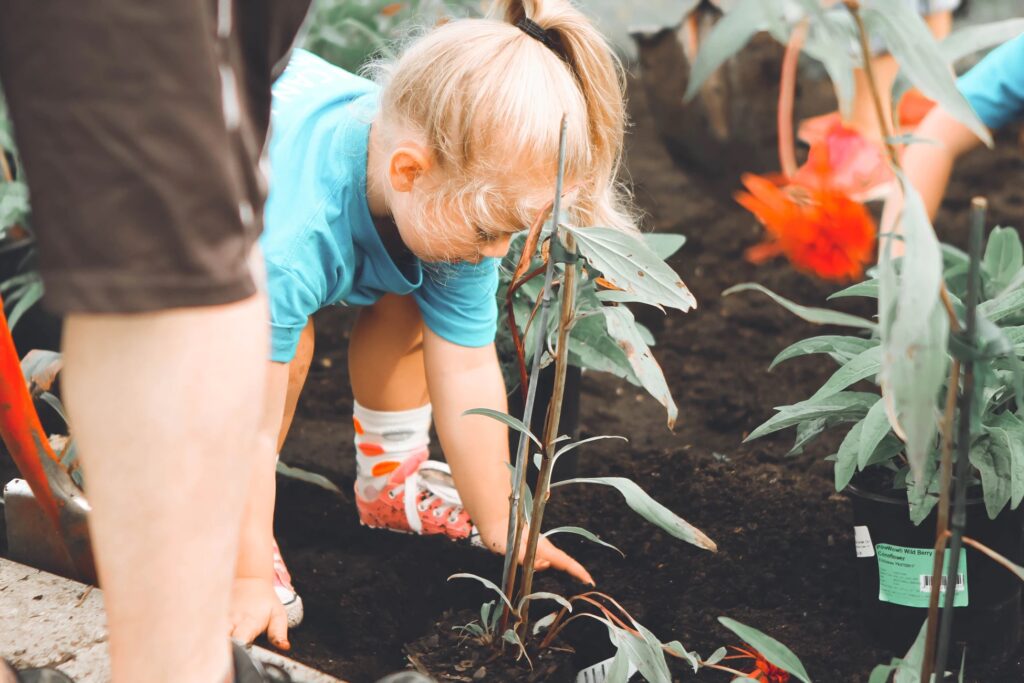
TRY OUT SOME RESOURCE-CONSERVING PRACTICES
There are a lot of ways to conserve resources around your house. Sadly, the old “reduce, reuse, recycle” chestnut falls short of conveying the complexities of our current climate situation, but it’s never been more important to be mindful of how much water you use. how much waste you produce, and how we can make our everyday tasks eco-friendly.
So, be sure to only water your grass and plants as often and for as long as they require. Overwatering can actually stunt your plants’ growth and is an unnecessary waste of water and your money. Another easy way to conserve water is to collect roof runoff into rain barrels. You can use this water to water the plants around your home at no extra cost to you. If you don’t already have a barrel or two, you may be able to obtain one from a local dairy farm, food processing plant, car wash etc. or find one at a garage sale, salvage yard, or in the local paper.
DON’T WASTE MONEY ON FANCY FERTILIZERS
You can grow a healthy, vibrant garden or landscape this year without the use of costly additives and fertilizers by adding compost to your plant life. Compost is organic material commonly found in everyday waste like food scraps and lawn trimmings that if composted and placed around a plant properly, encourages the growth of beneficial bacteria and fungi and enriches soil which will aid in your plants’ growth.
Composting at home is as simple. The EPA outlines three basic composting ingredients: browns like dead leaves, branches, and twigs; greens like grass clippings, vegetable and fruit scraps, and coffee grounds; and water. You don’t need to waste money on fancy fertilizers to get the same results! So, not only is composting beneficial to the environment because of the way it organically enriches the soil, but it’s also a way to get rid of waste without it ending up in a landfill.
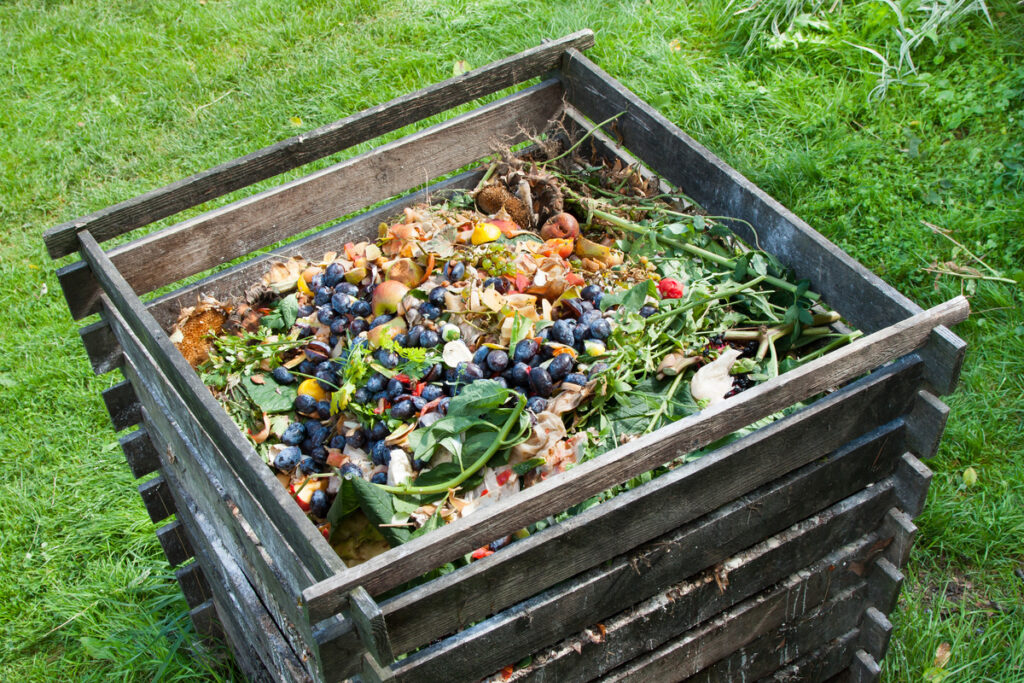
It’s important to alternate the layers of your compost, have an equal amount of browns to greens in your compost pile or bin, and house it all in a dry, shady spot outside. You can also compost inside your house with a specialty indoor composting bin like this one from simple human.
OPT FOR HIGH TOLERANCE, LOW-MAINTENANCE PLANTS
Low-maintenance plants, as their name would suggest, require less fuss, water, and attention than other plants. These plants are perfect for on-the-go individuals who might not have a lot of time to put into caring for their plants, but just because they require far less effort to maintain, doesn’t mean that high tolerance plants aren’t just as beautiful as others.
HIGH TOLERANCE, LOW-MAINTENANCE PLANTS
- CREEPING SEDUM
- CONEFLOWER
- HOSTA
- CREEPING THYME
- MEADOW SAGE
- BLACK-EYED SUSAN
- LAMB’S EAR
- BUTTERFLY BUSH
A “high tolerance” plant is one that is able to survive adverse conditions like fluctuating temperatures and occasional, inconsistent watering. Because they require less water than other plants, high tolerance, low-maintenance plants are environmentally friendly by nature. It takes a lot of water to adequately water your plants, especially if you have them all around your home. Consider saving water by opting to plant high tolerance, low-maintenance plants this summer.
INVEST IN RENEWABLE ENERGY
There are many ways to lower your home’s reliance on fossil fuels and reduce your carbon footprint. Renewable energy is energy created from natural sources like sunlight, wind, and water. These resources replenish themselves naturally as opposed to “natural gas” – the substance extracted from fracking underground rock formations – which will eventually run out then take lifetimes to regenerate.
In recent years, there has been a surge in the purchase and use of renewable energy sources. This can be attributed to the growing public consciousness surrounding climate change and the dangers of abusing fossil fuels, but a common misconception is that these forms of green energy are far more expensive than traditional sources.
The truth is that while it might cost a pretty penny to fund the initial installation of your solar panels or hydroelectric system, homeowners attest to the fact that switching to renewable energy makes them feel better about the energy they’re using. And not only will this investment continue to work for you for decades to come, but homeowners make an average of a 20% return on their investment in their first year. Individuals who choose to install renewable are also eligible to receive favorable tax treatment until 2022 which can lessen the cost of your initial installation.
We’ve abused non-renewable resources for too long; it’s time that we take advantage of the naturally occurring ones. Why pay for utilities that increase in price from year to year and that cause harm to the environment when you’re able to switch to 100% clean energy.
SO, WHY DOES IT MATTER?
The effects of climate change and the danger that it imposes have loomed over our heads for decades. It’s difficult to imagine the impact that your individual or household’s effort to ‘go green’ can be – the responsibility lies with the global corporations who use the abundance of our nonrenewable resources – but every bit of action helps. The United Nations explains it best:
“No corner of the globe is immune from the devastating consequences of climate change. Rising temperatures are fueling environmental degradation, natural disasters, weather extremes, food and water insecurity, economic disruption, conflict, and terrorism. Sea levels are rising, the Arctic is melting, coral reefs are dying, oceans are acidifying, and forests are burning. It is clear that business as usual is not good enough. As the infinite cost of climate change reaches irreversible highs, now is the time for bold collective action.“
Unfortunately, at this point the damage is inevitable, but that does not mean that we can ignore the problem away. We all must educate ourselves on ways that we can lower our individual carbon footprints, lessen the amount of waste we produce, and incorporate sustainable practices into our daily routines. It will be a group effort but one that our great-grandchildren will be thankful for.


